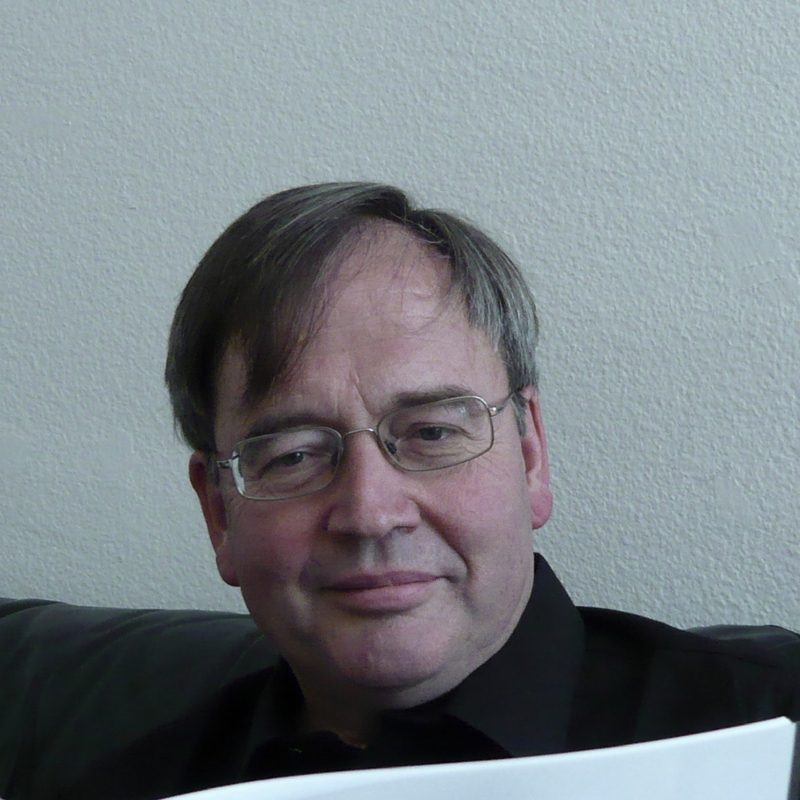

About the Track
- Added on 2 September 2019
- Year of creation 2006
- 52 plays
Credits
Olivier Darbellay, Naturhorn
SPECTRUM für Naturhorn
Die dreiteilige Form (A-B-A) mit Coda) hat sich aus der Idee ergeben, am Anfang nur Naturtöne fanfarenartig zu verwenden. Im zweiten, lyrischen Teil, tauchen dann die ersten Stopftöne auf, vom Natur-Tritonus e – b ausgehend. Der Tonraum wird entsprechend nach oben und unten erweitert. Nach einer kurzen Überleitung dann eine knappe, abgewandelte Rekapitulation des Beginns mit einer virtuosen Coda.
J-L.D.
The piece was composed 1991 for Hermann Baumann, the horn virtuoso who recorded 1968 for the first time the concertos of Mozart on a period instrument.
He asked me to write a piece for the natural horn competition in Bad Harzburg as chairman of the jury.
Writing for rare instruments, who “got lost” in the history of music is a particular challenge. The tone range of certain instruments, especially of the natural brass instruments, is very small. It is important to know exactly the specifications of these instruments. The principle of the natural horn is simple: you have “three horns” at your disposition:
- the “open horn” (corresponding to the overtone row of the Alphorn, with the possibility of
correcting the intonation putting the hand in the bell)
- the “stopped horn” (introducing the hand you shorten the horn, it sounds half a tone higher,
softer and with a nasal sound)
- the “lengthened horn” (the hand in the bell is opened, the lips relaxed, it sounds half a tone
deeper
SPECTRUM is beginning with the open notes of the instrument in form of a “Fanfare”, then slowly, the stopped and lengthened notes are introduced, changing the colour of the notes in a characteristic manner.
J-L.D.


Jean-Luc Darbellay
Born 1946 in Bern. Composer, conductor and clarinetist.
Studies with Cristóbal Halffter, Edison Denisov and Dimitri Terzakis.
Masterclasses in Lucerne with Klaus Huber and...